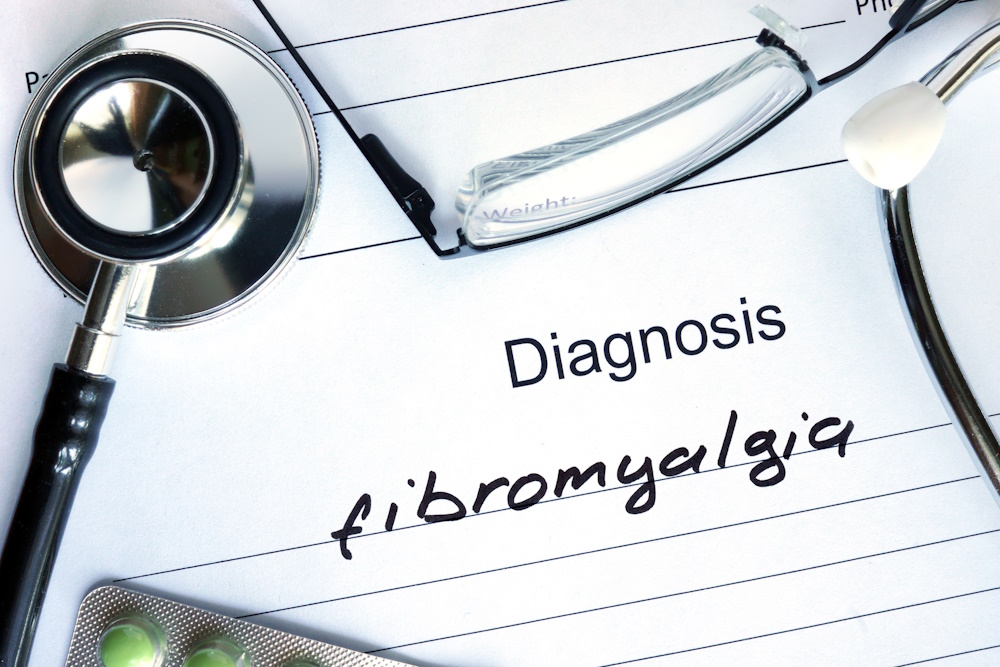Fibromyalgia, characterized by long-term, widespread pain, and tenderness in the joints, muscles, tendons, and other soft tissues, is a common and chronic disorder that affects millions of people worldwide. Not only does it cause persistent discomfort, but it also brings about profound fatigue, sleep abnormalities, and even memory problems—a symptom colloquially termed as “fibro fog”. Fibromyalgia may not be an obvious disability looking in from the outside, but the impact it has on daily activities and quality of life is profound, often leading to occupational disability and social isolation.
Beyond the chronic pain, chronic fatigue, and other physical symptoms, the socio-economic burdens of Fibromyalgia are quite significant, necessitating Disability Living Allowance (DLA)—a form of financial assistance from welfare systems. The concept of DLA revolves around providing a steady income to people with physical and/or mental disabilities who might have extra costs due to their health condition.
Fibromyalgia & Its Qualification for DLA
Not all disorders qualify for a disability as per the Social Security Administration’s criteria. The medical severity of the condition, its impact on daily activities, and occupational capacity are considered while determining whether a disease can be termed as a disability or not. For Fibromyalgia, the SSA uses the guidelines laid out in their “Blue Book”. This book is the agency’s official list of impairments to assist in claims processing for Social Security Disability Insurance (SSDI) or Supplemental Security Income (SSI).
This Blue Book contains a specific section entitled “Social Security’s Disability Evaluation for Fibromyalgia” with a criteria that the deciding professionals from SSA use to affirm the disability status. The criteria include the patient’s history, physical examination, and Laboratory testing findings, among others.
The SSA and Disability Living Allowance
The Social Security Administration or SSA is the federal agency responsible for administering social programs covering disability, retirement, and survivors’ benefits. It plays a critical role in disbursing supplemental income in the form of Disability Living Allowances (DLA) to individuals with disabilities, enabling them to better manage their health and cost of living.
Among the benefits provided by SSA, the two most relevant for people suffering from Fibromyalgia are the Disability Insurance Benefits (DIB) and the Supplemental Security Income (SSI). While social security disability benefits are primarily for those who have worked in recent years and are now unable to work due to their disability, SSI aims to help aged, blind, or disabled people with little to no income get cash assistance for basics like food and shelter.
Applying for DLA with Fibromyalgia
Just like any other form of social benefit, there are certain eligibility criteria for applying DLA. These involve age, employment status, citizenship, residency, and other considerations. Particularly for Fibromyalgia, the essential factor is medical evidence, implying that the claimant has been diagnosed with Fibromyalgia by a certified medical professional and presented the necessary medical records.
Complementary to medical documents, personal testimony about daily activities and how they are affected by Fibromyalgia is also needed. A special form called the Residual Functional Capacity (RFC) form is used to capture these functional limitations. These documents are examined by professionals from the Disability Determination Services (DDS), a state agency that makes disability determinations for Social Security.
Understanding ‘Listings’
A ‘Listing’ in the context of SSA is a comprehensive guide of medical conditions that automatically qualify as severe enough to prevent an individual from performing any gainful activity. Interestingly, Fibromyalgia isn’t included in SSA’s ‘Listings’. The absence of a specific listing for Fibromyalgia doesn’t mean that obtaining social security benefits is impossible.
The SSA recognizes ‘equivalence’—a medical impairment that is at least equal in severity and duration to the criteria of a listed impairment. A claimant could present adaptive evidence that might include clinical history, physical examinations records, lab test results, psychological testing, therapies, medication, and response to the treatment to frame a strong case for equivalency.
Navigating through the Disability Claim Process
The process of claiming disability for Fibromyalgia includes multiple steps. Firstly, the claimant needs to start an application with the SSA providing all the necessary documents. Post submission, the documents are reviewed by a Disability Examiner from the DDS. They might also consult with a physician or a psychologist to reach a decision.
The entire claim process can take a few weeks to several months, depending on the state of residency, the nature of the disability, and the backlog of applications. Legal advisors can play an invaluable role in facilitating the disability claim by guiding through complex processes, presenting the case effectively, and appealing in cases of denial.
Frequently Asked Questions about DLA and Fibromyalgia
People often have numerous questions about the process and probabilities of obtaining DLA for Fibromyalgia. Common queries revolve around how the severity of Fibromyalgia can affect the approval of social security disability benefits, medical evidence needed, and available DLA options.
Something else important to understand is the Compassionate Allowance List. Getting on this list is a way to expedite the processing of SSDI and SSI claim applications of people whose medical conditions are so severe that they meet SSA’s disability standard easily.
Conclusion
Fully understanding Fibromyalgia, its debilitating effects, and how it aligns with the needs for Disability Living Allowance, is crucial for those affected. Knowledge of the involved complex processes, legalities, and bureaucracies can enable better management of the condition and access the deserved benefits. In such cases, contacting SSA can be the first and most important step towards a potentially improved quality of life through financial stability.
Check us out at Benefits.com and take our quiz so we can get started helping you on your path to receiving benefits.
 Benefits.com Advisors
Benefits.com Advisors
With expertise spanning local, state, and federal benefit programs, our team is dedicated to guiding individuals towards the perfect program tailored to their unique circumstances.
Rise to the top with Peak Benefits!
Join our Peak Benefits Newsletter for the latest news, resources, and offers on all things government benefits.


















